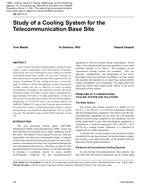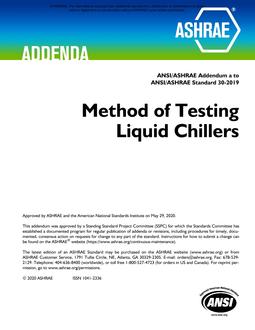In contrast to critical systems, one of the primary consequences of faults in HVAC&R systems is economic rather than safety related. Therefore, fault detection and diagnosis (FDD) systems applied to HVAC systems should be assessed based on economic considerations. However, existing FDD research in HVAC applications has mainly focused on technique development and validation. This paper addresses the economics of FDD application to rooftop air-conditioning units (RTUs). Two major aspects of savings associated with FDD application to RTUs are investigated qualitatively and quantitatively: service and operating cost savings. Automated FDD reduces service costs due to reduced preventive maintenance inspections, fault prevention, lower-cost FDD, better scheduling of multiple service activities, and shifting service to low season. Operating cost savings consist of utility cost and equipment life savings. Based on these two major savings, a methodology is presented for evaluating the cost savings for application of automated FDD to RTU. Application of this methodology to a number of sites in California showed that $30/kW·year, around 70% of the original service costs, can be saved, and the operating cost savings range from $5 to $51/kW·year depending on the location and application. The savings are significant, and the payback period for an FDD technique presented by Li and Braun (2007a, 2007b) that relies on low-cost sensors is less than one year.
Units: Dual
Citation: ASHRAE Transactions, vol. 113, pt. 2
Product Details
- Published:
- 2007
- Number of Pages:
- 11
- File Size:
- 1 file , 650 KB
- Product Code(s):
- D-LB-07-023


